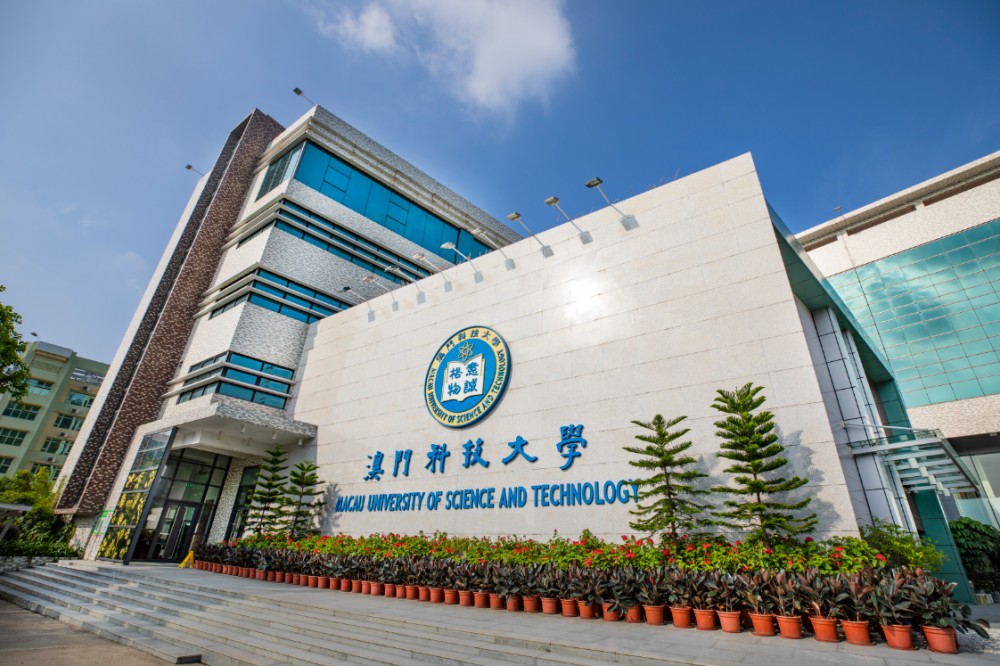
Recently, based on the reviewing results of the panel experts, and on joint discussions of the National Natural Science Foundation of China (NSFC) and the Macao Science and Technology Development Fund (FDCT), a total of 11 projects were approved to be collaborative research projects jointly subsidized by the NSFC and the FDCT in the areas such as mathematical sciences, life sciences, engineering and material sciences, information sciences, management sciences, and medical science. Of the 11 projects approved this year, Macau University of Science and Technology owns 4 jointly subsidized research projects, which are respectively “Induction of Conjunctival Stem Cells into Limbal-like Stem Cells and Corneal Reconstruction” from Faculty of Medicine, “Mechanism Studies of Histone Deacetylase Sirt6 Disorder Leading to Arterial Calcification in Chronic Kidney Disease and the Protective Effect of Panaxynol” from the State Key Laboratory of Quality Research in Chinese Medicine, “Research on Object Detection and Recognition Technologies of Spaceborne Infrared Imaging” from the Faculty of Information Technology, and “Precise Prediction of Disease-Gene-Drug Network Relationship Based on Biomedical Big Data” from the Macao Institute of System Engineering.
Also this year, 7 other projects were approved to be collaborative research projects jointly subsidized by the Ministry of Science and Technology (MOST) and the Macao Science and Technology Development Fund (FDCT). The 7 projects are, respectively, “Innovative Drug Research of Novel S1P1 Modulator for the Treatment of Idiopathic Pulmonary Fibrosis”, “Regulation of Lipid Metabolism and T Cell via mTOR by Mesenchymal Stem Cell in Lupus”, “The Design, Synthesis, and Evaluation of Novel Anti-Prostate Cancer Antagonists Targeting Protein-Protein Interaction Sites on Androgen Receptor”, and “Astragali Radix and Panax Notoginseng Combination for the Treatment of Diabetic Nephropathy: Clinical Randomized Controlled Trial and Mechanism Study” from the State Key Laboratory of Quality Research in Chinese Medicine, “Intelligent Communications: A Smart Integration of Massive MIMO and Artificial Intelligence” from the Faculty of Information Technology, “Key Integrated Techniques for Detoxification of Fly Ash from Municipal Solid Waste Incinerators (MSWIs)” from the Macau Environmental Research Institute, and “Study on the Construction of Hydraulic Model Based on the Health Degree of Drainage Network and the Application of Urban Drainage Prediction and Early Warning” from the International Institute of Next Generation Internet.
As such, M.U.S.T. has reached a new height in the number of state-level collaborative research projects approved this year. This demonstrates the efforts of the University to engage in and expedite in-depth integration with Mainland China, especially the Guangdong-Hong Kong-Macao Greater Bay Area, in the area of science and technology innovations. The development of these joint projects would further foster collaborations between M.U.S.T. and high-level research institutions and teams from Mainland China, reinforce interactional exchanges of research forces and postgraduates between the two regions, and accomplish complementary development and joint advancement.





